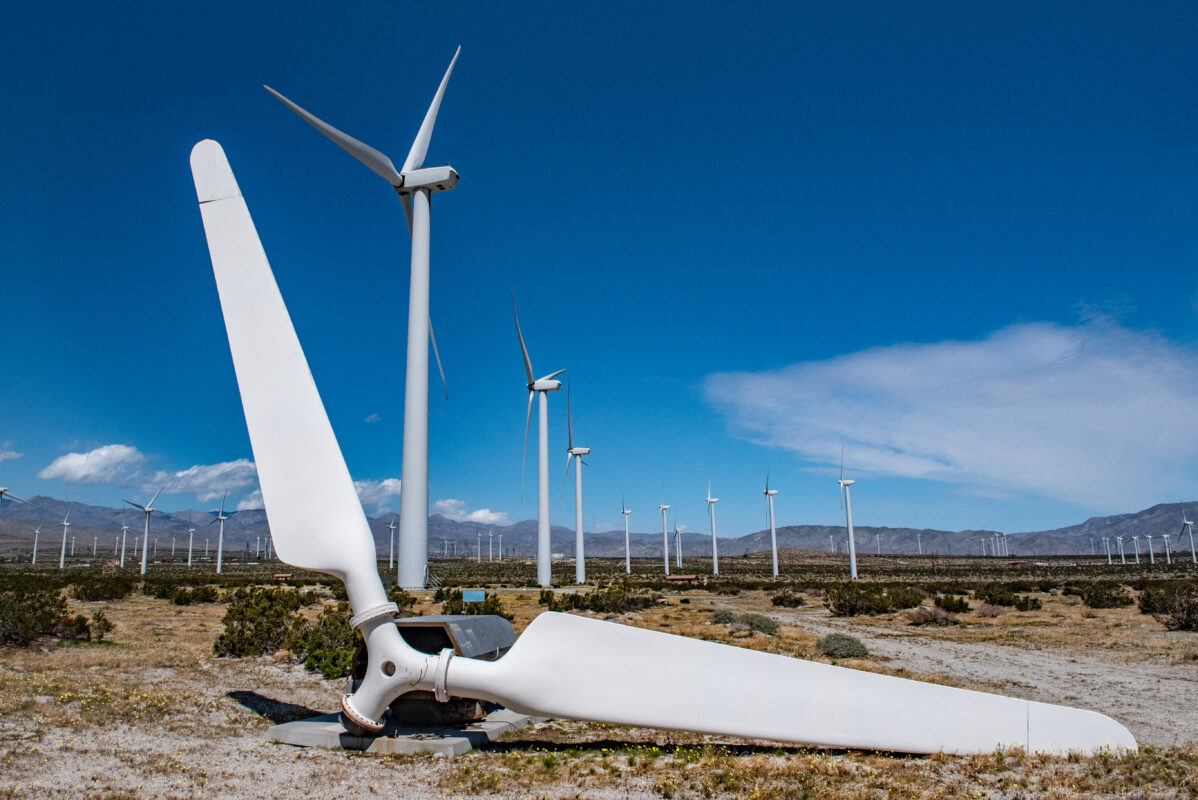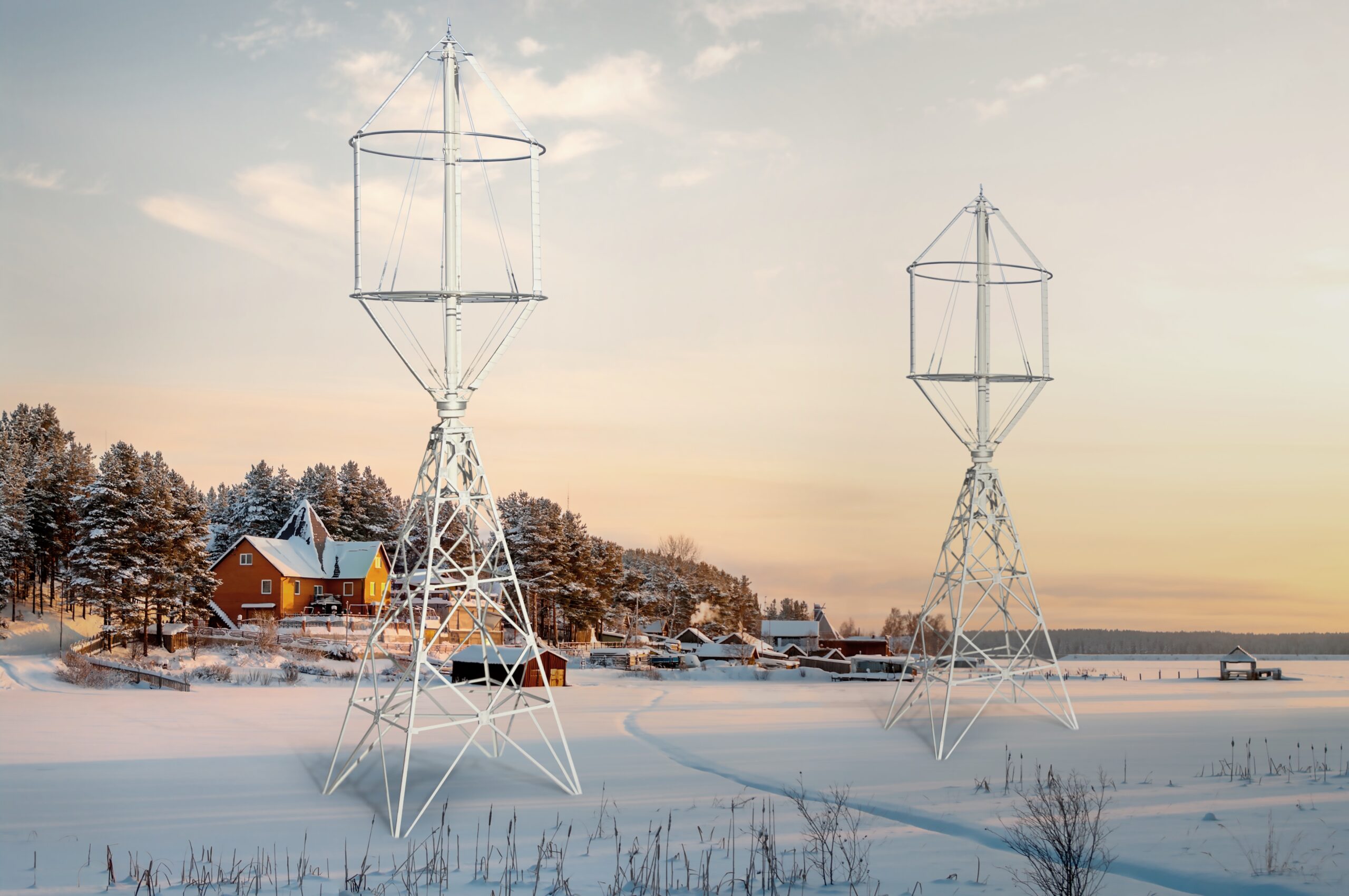If you ask a random person about their first association with wind power, they will almost certainly picture a huge turbine against the landscape of a farm field. What’s wrong with such stereotypical thinking about wind energy? Most of all, it’s an outdated view that has little to do with the capabilities of modern technology. It is worth raising awareness that the technology exists to make wind energy widely available, and that it does not require big money or long deployment.
The common misconceptions need to be challenged. The potential and convenience of small wind technologies can significantly increase the ability of communities and businesses to achieve energy independence and sustainability, to the benefit of all. This article discusses some of the challenges traditional wind energy faces in the marketplace, and how small wind turbines promise better opportunities.
Challenges to Renewable Energy Adoption

Renewable energy technologies, particularly wind and solar power, face several adoption barriers that have historically limited their integration into mainstream energy systems. One significant barrier is the infrastructure and investment challenges. Large wind turbines require substantial upfront investments and complex infrastructure, making them feasible primarily for major players in the energy sector. Furthermore, these solutions need specific wind conditions and substantial space, limiting where they can be effectively installed.
Environmental and recycling challenges also deter investment. Both wind turbines and solar panels produce waste that is difficult to recycle, posing environmental concerns. Moreover, solar energy, although a valuable renewable resource, is not always practical in regions with limited sunlight, thus restricting its applicability. Investment in renewables is not universally accessible, locking out smaller communities and manufacturers seeking energy independence. Additionally, the European market suffers from a scarcity of reliable, local manufacturers, which further complicates the transition to renewable energy. But there’s good news: Small Wind Turbines can be a remedy to many of these problems.
Reimagining Wind Energy: The Case for Small Turbines
The conventional view of renewables as an investment that requires big money and a lot of legal requirements compliance is not only outdated, but also limits the broader adoption of new technologies. Small wind turbines are free from many drawbacks associated with large turbines and solar solutions. Unlike large wind, small turbines do not require extensive space and construction of additional infrastructure. These solutions are also low noise and suitable for residential areas, which make them suitable for installation in a variety of settings that are out of the question for large wind turbines. They also demand less investment and infrastructure, offering a more accessible option for many who wish to invest in renewables or simply increase energy safety. And there is more: Freen-20 small wind turbines are easily recyclable, as they are made mostly of metal.
Advantages of Freen-20 Small Wind Turbines
- Freen-20 turbines do not require extensive space
- Price comparable to solar solutions
- Easy and fast deployment – even in just 2 days!
- Low noise
- Suitable for both residential and remote locations
- Works in off grid installations
- Easy recycling
Get your energy project
rolling with Freen
Energy Independence Through Small Wind
Small wind turbines have proven to be a viable solution for achieving energy independence in locations that previously relied heavily on the grid or large-scale energy providers. These turbines can be installed quickly, often within a day or two, thanks to innovations such as lightweight modular foundations. Such accessibility allows for greater distribution of energy production, reduction of reliance on centralized power systems, and empowerment of local communities. The ability to generate power independently increases resilience to grid outages and energy supply fluctuations.
Democratizing Wind Energy Globally
Small wind solutions could make wind energy more accessible and affordable globally. These turbines increase the accessibility of sustainable energy practices to a wider range of people by decreasing the size and complexity of wind energy installations. This change promotes global justice in energy resources while simultaneously supporting environmental aims and economic growth in disadvantaged places.
Conclusion
The shift from associating wind energy solely with large turbines to recognizing the value of small wind solutions is crucial for the future of renewable energy. Small turbines offer a flexible, efficient, and economically viable alternative that can play a pivotal role in achieving global energy independence and sustainability. As technology advances and adoption barriers decrease, small wind has the potential to transform the renewable energy landscape, making sustainable practices accessible to all.






